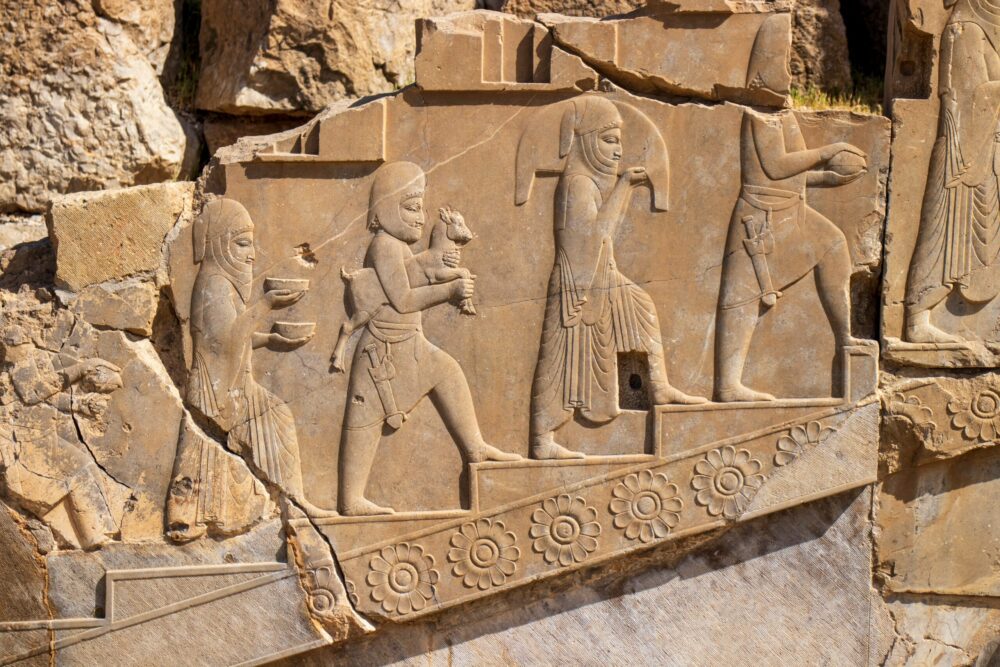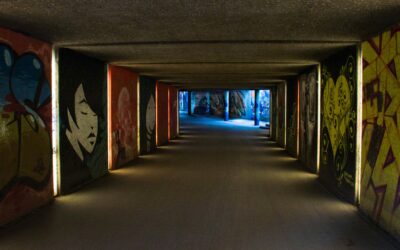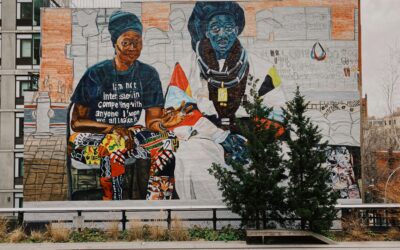Introduction
The Middle East is often regarded as the cradle of civilization, where some of humanity’s earliest cultures took shape and flourished. From the ancient cities of Mesopotamia and Persia to the rich Islamic empires that followed, the region’s artistic traditions have been profoundly influential. Among these traditions, sculpture and relief carving have served as vital mediums for storytelling, spiritual expression, and political power.
While the Middle East is frequently associated with architectural marvels such as mosques and palaces, its sculptural heritage is equally rich and varied. However, religious and cultural attitudes toward figural representation—especially under Islamic influence—have shaped a unique approach to sculpture, emphasizing symbolism, abstraction, and ornamentation rather than naturalistic depictions.
This article explores the symbolism embedded in Middle Eastern sculpture and reliefs, tracing its evolution from ancient empires to contemporary expressions, and highlighting how these works continue to reflect the region’s complex identity.
Ancient Empires: Sculpture as Power and Protection
In ancient Mesopotamia—home to the Sumerians, Akkadians, Babylonians, and Assyrians—sculpture was a dominant form of visual communication. Large-scale relief carvings adorned the walls of palaces and temples, narrating stories of conquest, divine favor, and royal authority.
The Assyrian reliefs, for example, are renowned for their dramatic scenes of kings leading armies or engaging in hunts. These images were not mere decoration; they were carefully constructed propaganda designed to awe viewers and legitimize the ruler’s power. Every detail, from the posture of the king to the depiction of vanquished enemies, was imbued with symbolic meaning.
A particularly striking example is the lamassu—massive statues of winged bulls or lions with human heads that guarded palace gates. These hybrid creatures symbolized strength, intelligence, and divine protection. Their composite form represented the harmony of different cosmic forces, serving as guardians that maintained order between the earthly realm and the divine.
Similarly, cylinder seals and smaller sculptures often depicted mythological creatures, gods, and sacred animals, each carrying symbolic references to fertility, kingship, and the natural world. Stone, alabaster, and bronze were preferred materials for their durability and association with permanence and power.
Religious Symbolism and the Rise of Aniconism
With the advent of Islam in the 7th century CE, the Middle East underwent profound cultural and religious transformations that affected artistic practices, including sculpture. Islamic theology generally discourages the representation of sentient beings, especially in religious contexts, to avoid idolatry. This principle led to a distinctive artistic approach called aniconism—the avoidance or restriction of figural images.
Rather than a decline, this shift stimulated the development of rich and complex forms of non-figurative art. Sculpture and relief carving continued to flourish but focused on abstract geometric patterns, calligraphy, and vegetal motifs known as arabesques.
These intricate designs are far from mere decoration; they embody profound symbolic meanings. The infinite repetition of geometric shapes and interlacing patterns reflects the Islamic concept of the infinite nature of God (Allah). The complex interweaving symbolizes unity and the interconnectedness of creation, suggesting a cosmic order governed by divine law.
Calligraphic inscriptions of verses from the Qur’an carved in stone or wood bring spiritual text into the physical realm, making sacred words an integral part of architectural and decorative sculpture. These inscriptions often adorn mosque walls, minbars (pulpits), and mihrabs (prayer niches), turning the built environment into a space of contemplation and divine presence.
Architectural Reliefs and Ornamentation
Sculptural reliefs played an essential role in transforming spaces across the Middle East. From the soaring domes of Persian palaces to the intricate interiors of Ottoman mosques, relief carvings contributed to the creation of sacred and regal atmospheres.
One notable feature is the muqarnas—a three-dimensional ornamental vaulting resembling stalactites or honeycombs. Muqarnas adorn ceilings, entrances, and domes, creating a dazzling play of light and shadow. This architectural sculpture is often interpreted as a symbolic representation of the heavens, inviting worshippers to experience spiritual transcendence.
Floral and vegetal motifs in relief sculpture represent paradise gardens—a recurring theme in Islamic art. These designs evoke the Qur’anic descriptions of paradise and serve as reminders of spiritual rewards and divine generosity.
Inscriptions carved with precise craftsmanship convey divine wisdom, prayers, or royal proclamations. Together, these sculptural elements elevate buildings from mere structures to sacred spaces imbued with layered meanings.
Sculpture Beyond Religion: Public and Funerary Art
While Islamic religious art emphasizes aniconism, figural sculpture did not disappear entirely in the Middle East. In some contexts, especially secular and funerary art, three-dimensional human and animal figures appear.
For example, in Persian art, sculptures of royal figures, animals, and mythological creatures were common in palace gardens, royal tombs, and public monuments. These works often symbolized power, protection, and eternal life.
Funerary stelae and grave markers sometimes featured carved portraits or symbolic motifs such as lions or eagles, which conveyed strength and nobility. These sculptures connected earthly life with the afterlife and reflected social status.
Contemporary Middle Eastern Sculpture: Tradition and Innovation
Modern artists in the Middle East face the challenge of honoring their rich artistic heritage while engaging with contemporary global art movements. Sculpture today is a dynamic field where traditional motifs meet modern materials and ideas.
Some artists revive ancient techniques and symbols to explore identity, memory, and political issues. Others experiment with abstraction, installation, and new media to address modern realities.
Public sculptures and monuments in cities across the region blend history and innovation, creating dialogues between past and present. The use of calligraphy, geometric patterns, and symbolic imagery continues, demonstrating the enduring power of Middle Eastern sculptural language.
Conclusion
Middle Eastern sculpture and relief carving tell a story of cultural resilience and adaptation. From the monumental power of Assyrian reliefs to the spiritual abstraction of Islamic ornamentation, these art forms have conveyed complex ideas about divinity, authority, and human experience.
Despite religious constraints on figural imagery, sculpture found ways to flourish—expressing the infinite through geometry, the sacred through script, and the powerful through mythic forms. Today, contemporary sculptors continue this legacy, weaving ancient symbolism into new expressions.
The sculptural heritage of the Middle East remains a timeless testament to grace, faith, and the human desire to make the invisible visible through art.




